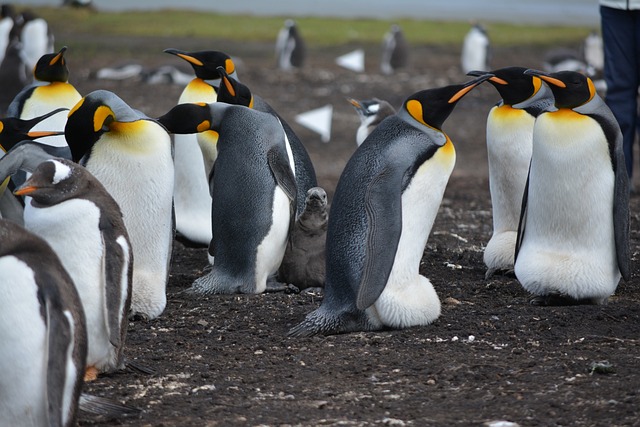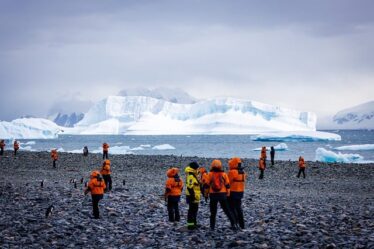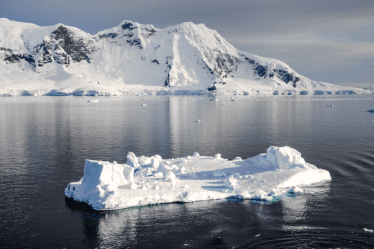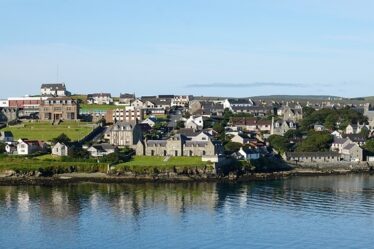
Introduction
Deception Island, located in the South Shetland Islands off the coast of Antarctica, is a unique and fascinating destination for explorers and nature enthusiasts. Known for its dramatic volcanic landscapes, historical significance, and rich wildlife, Deception Island offers a rare glimpse into the rugged beauty and scientific interest of Antarctica. This comprehensive guide explores the island’s geological features, historical background, and the extraordinary experiences it offers to visitors.
Overview
1. Geographical and Geological Features
- Location: Deception Island is situated in the Antarctic Southern Ocean, about 120 kilometers (75 miles) north of the Antarctic Peninsula. It is part of the South Shetland Islands archipelago.
- Shape and Structure: The island is a horseshoe-shaped caldera, formed by a volcanic eruption that collapsed the central part of the volcano. The caldera’s rim is partially submerged, creating a natural harbor known as Port Foster.
- Volcanic Activity: The island is an active volcanic site, with the last major eruption occurring in 1970. The geothermal activity has created unique landscapes, including steaming fumaroles and hot springs.
2. Historical Significance
- Early Exploration: Deception Island was first discovered in 1820 by a Russian expedition led by Fabian Gottlieb von Bellingshausen and Mikhail Lazarev. The island’s volcanic activity and unusual geography intrigued early explorers.
- Whaling Era: During the 19th and early 20th centuries, Deception Island was a center for Antarctic whaling operations. The remains of whaling stations, including buildings and equipment, can still be seen on the island.
- Scientific Research: The island has been a site for various scientific research activities, including geological studies, climate monitoring, and biological research.
Key Attractions and Activities
1. Whaling Station Remnants
- Overview: The island’s whaling history is evident in the remnants of old whaling stations. These historical sites provide insight into the scale and impact of early 20th-century whaling operations.
- Highlights:
- Old Whaling Stations: Explore the ruins of old whaling stations, including processing buildings and storage tanks.
- Artifacts: View artifacts and machinery left behind by the whaling industry.
2. Volcano and Caldera Exploration
- Overview: The volcanic nature of Deception Island offers a unique opportunity to explore geological features. The caldera’s dramatic landscapes include volcanic craters, fumaroles, and hot springs.
- Highlights:
- Crater Exploration: Hike around the rim of the caldera to view the volcanic landscape and enjoy panoramic views of the island.
- Hot Springs: Visit the geothermal hot springs, where you can experience the unusual sensation of warm water in an otherwise icy environment.
3. Port Foster
- Overview: Port Foster is a natural harbor formed by the partially submerged caldera. It is a key point of entry for visitors arriving by ship.
- Highlights:
- Scenic Views: Enjoy the stunning views of the harbor, surrounded by rugged volcanic cliffs and ice formations.
- Landing Sites: Various landing sites around Port Foster provide access to different parts of the island for exploration.
4. Wildlife Viewing
- Overview: Despite its harsh environment, Deception Island is home to a variety of wildlife, including seabirds and penguins.
- Highlights:
- Chinstrap Penguins: Visit penguin colonies and observe these charming birds in their natural habitat.
- Seabirds: Look for various species of seabirds, such as petrels and albatrosses, that nest on the island.
5. Hiking and Trekking
- Overview: Deception Island offers several hiking and trekking opportunities, allowing visitors to experience its diverse landscapes up close.
- Highlights:
- Historic Walks: Hike to historical sites, including old whaling stations and research facilities.
- Volcanic Trails: Explore trails around the volcanic craters and geothermal features.
Practical Information
1. Travel and Access
- Access: Deception Island is accessible only by expedition cruises that operate in Antarctic waters. The island is typically visited during the Antarctic summer season, from November to March.
- Landing: Landings on the island are subject to weather conditions and safety considerations. Visitors must be prepared for the possibility of rough seas and challenging weather.
2. Weather and Conditions
- Weather: The weather on Deception Island can be unpredictable, with strong winds, frequent fog, and sudden temperature changes. Temperatures during the summer range from -10°C to 5°C (14°F to 41°F).
- Clothing: Dress in layers and prepare for cold and wet conditions. Waterproof clothing, sturdy boots, and insulated gear are essential for exploring the island.
3. Safety and Regulations
- Guided Tours: Visitors must be part of an organized expedition with experienced guides who are knowledgeable about the island’s conditions and regulations.
- Environmental Protection: Follow all guidelines and regulations to protect the fragile Antarctic environment. Avoid disturbing wildlife and adhere to Leave No Trace principles.
Conclusion
Deception Island offers a one-of-a-kind adventure for those seeking to explore the wonders of Antarctica. From its dramatic volcanic landscapes and historical remnants to its unique wildlife and geothermal features, the island provides an unparalleled experience for intrepid travelers. As you journey to this remote and awe-inspiring destination, you will gain a deeper appreciation for the natural beauty and scientific significance of one of Antarctica’s most remarkable locations.


